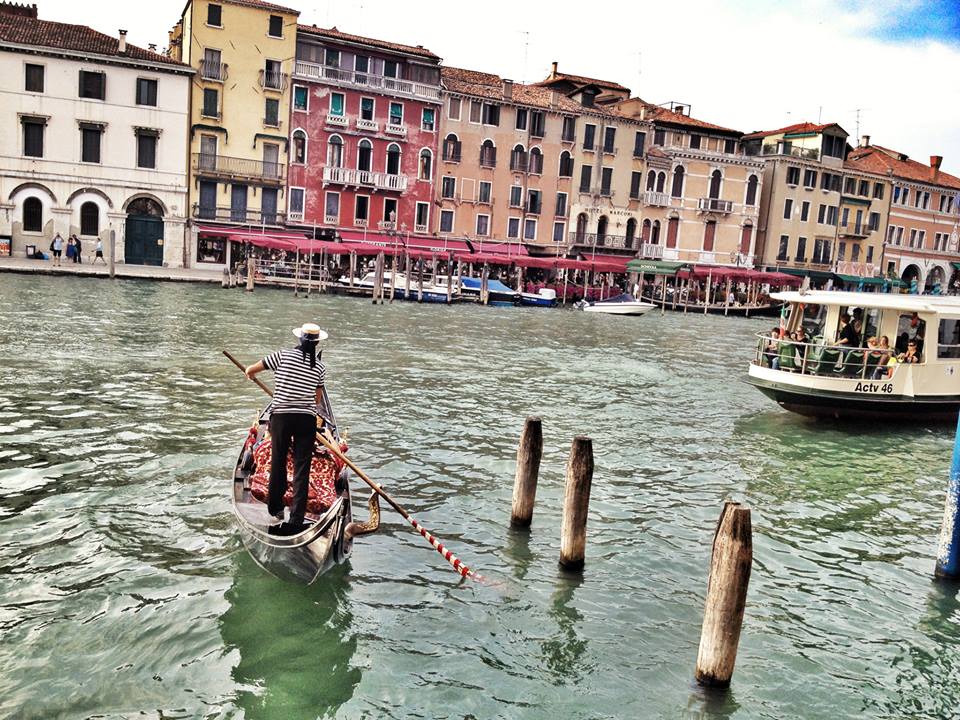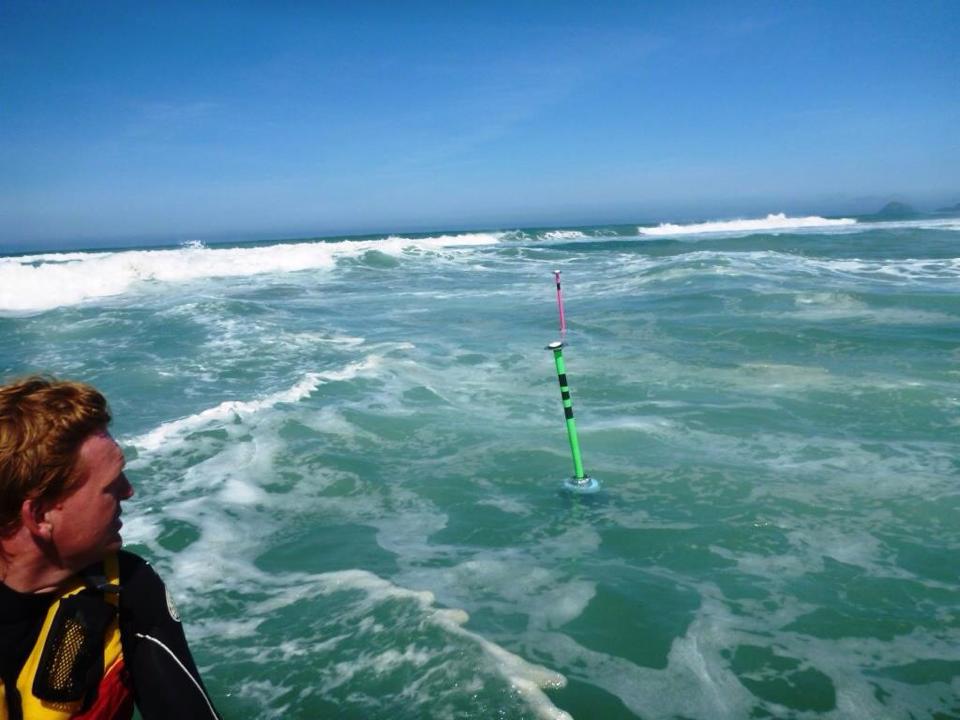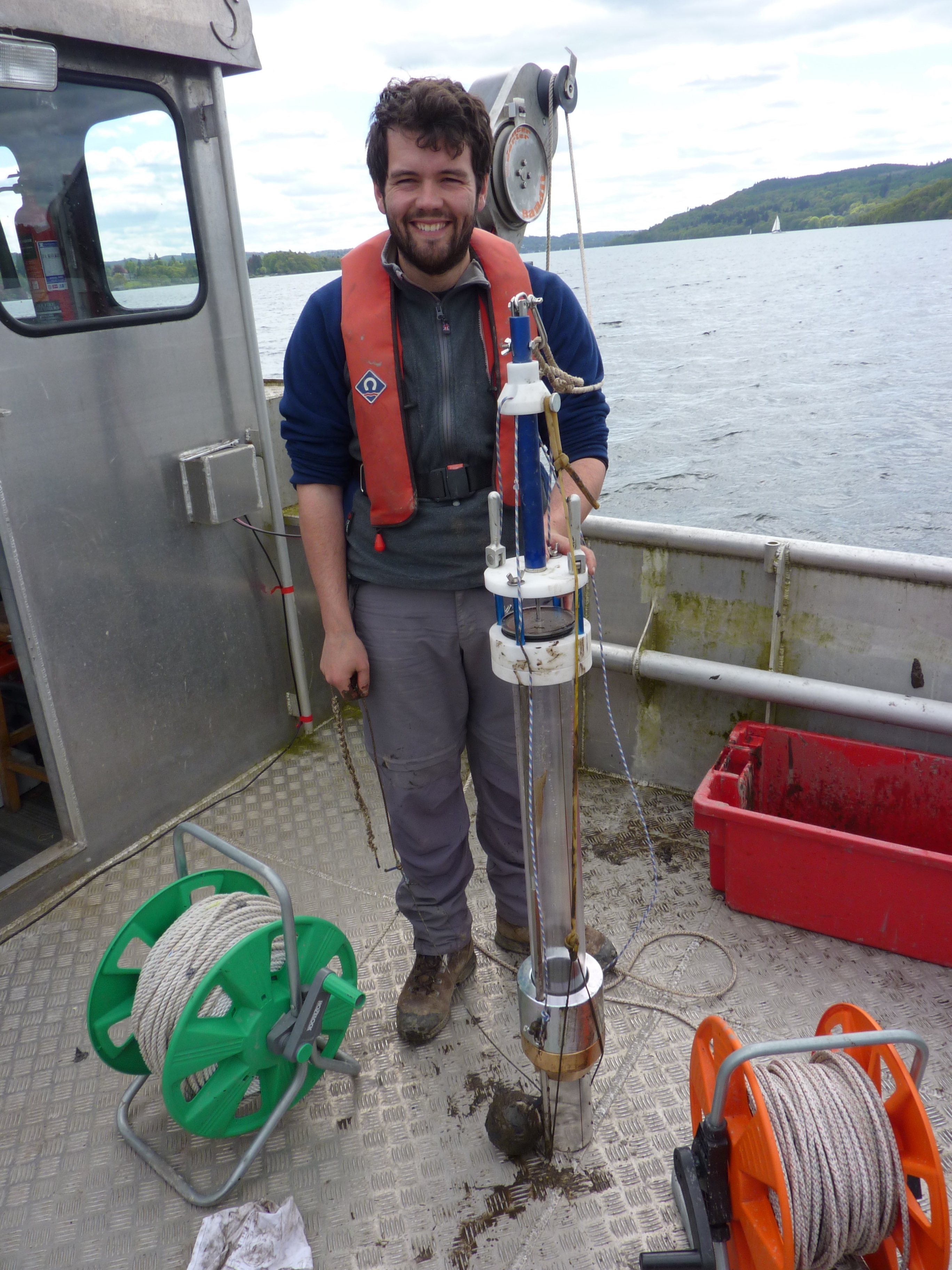Mega-scours in Bangladesh
Researchers from the Geology and Geophysics group are currently conducting fieldwork on some of the world’s largest river systems in Bangladesh. Working from river cruise boat, Jon Bull, Mark Vardy, and John Davis are using high-resolution multi-beam bathymetry and boomer seismic reflection techniques to map the surface morphology and subsurface architecture of large scours (so-called… Read More Mega-scours in Bangladesh




